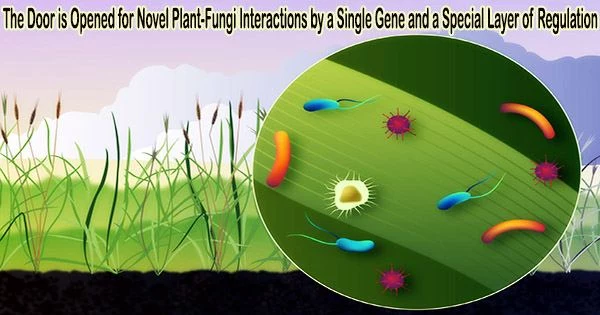Plant-fungi interactions, also known as mycorrhizal associations, are crucial ecological relationships between plants and fungi that play a significant role in nutrient and water uptake, ecosystem functioning, and plant growth.
In exchange for sugar, the ectomycorrhizal fungi in the soil can reach plant roots and supply water and nutrients to host plants. The plant gains from this symbiotic interaction, which promotes growth. Plants have developed a complicated layer of regulation that limits which fungi can live in their root system so they can take advantage of beneficial fungi while warding off hazardous ones like infections.
Researchers have just discovered the underlying plant communication mechanisms within this layer of regulation that allow an ECM species to invade roots. The work is published in the journal Cells.
Enhancing plant health and growth in challenging environments is crucial for maintaining sustainable ecosystems. In-depth knowledge of how a single gene can change biological pathways to enable advantageous fungi to invade plant roots is provided by this research.
Scientists can create novel methods to selectively engineer for beneficial symbiosis while keeping the door closed to pathogens by better understanding these signaling pathways. This will result in methods for breeding plants for increased sustainability and productivity.
In a previous study, the researchers identified a G-type lectin receptor-like kinase (PtLecRLK1) as a genetic factor that permits root colonization of a beneficial fungus, Laccaria bicolor, in Populus trichocarpa.
The researchers have demonstrated that by genetically modifying non-host plants like switchgrass, this one gene can enable fungal colonization similar to what is seen in its native host. PtLecRLK1, which is found on the surface of plant root cells, detects the presence of L. bicolor and modifies intracellular signaling to allow colonization.
PtLecRLK1 expression in switchgrass was linked to important signaling pathways in this study using mass spectrometry-based phospho-proteomics. The research team’s findings demonstrate that PtLecRLK1 obstructs plant defense mechanisms to promote colonization and maintenance by L. bicolor.
















